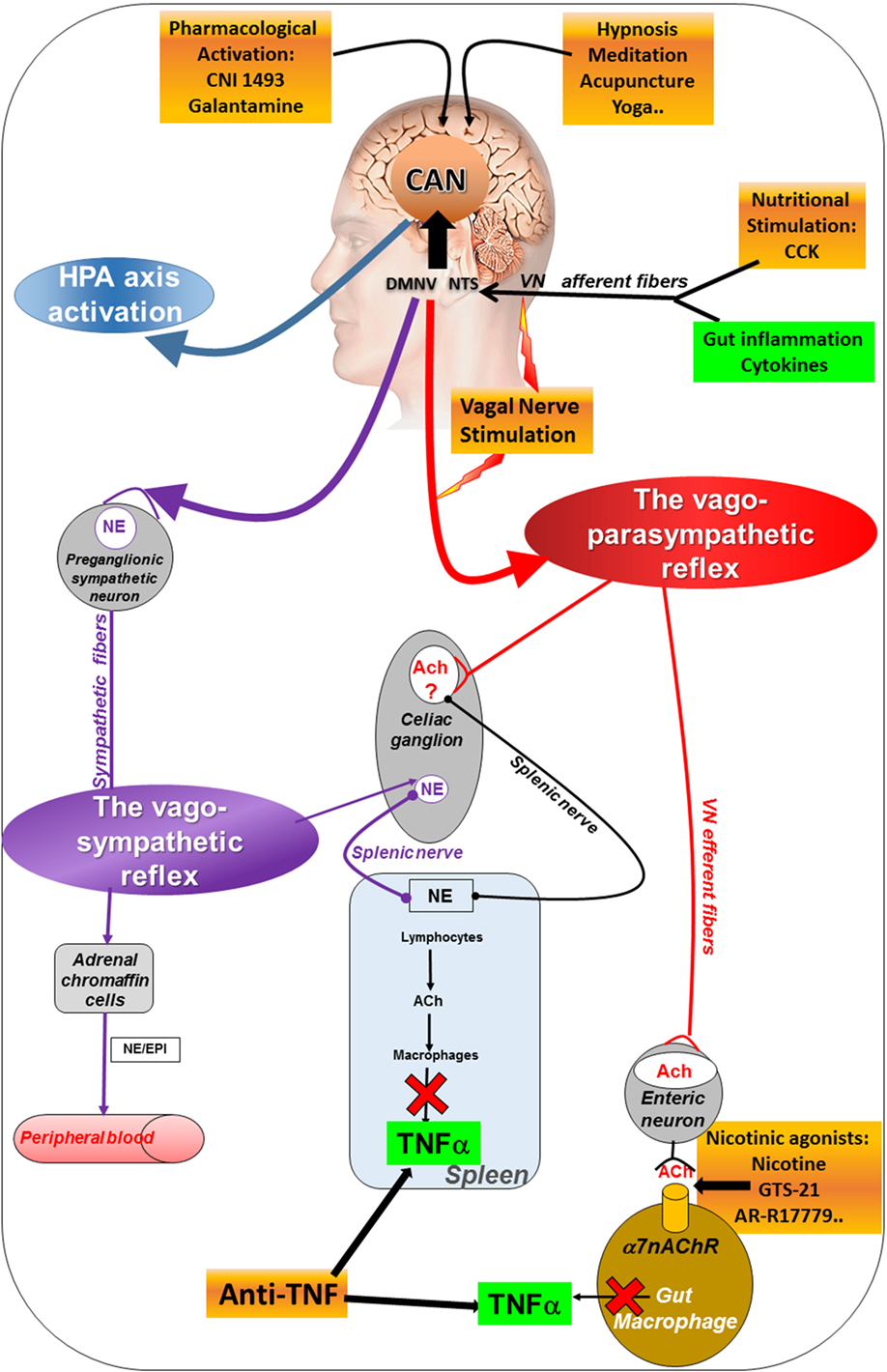Vagus nerve, also called X cranial nerve or 10th cranial nerve, longest and most complex of the cranial nerves. The vagus nerve runs from the brain through the face and thorax to the abdomen. It is a mixed nerve that contains parasympathetic fibres.
the Butterfly is proven to remember its caterpillar state - youtube
Dogs and Seals...
“Dogs and seals are not in the same family, however, and are not closely related. The family that compromises seals, Pinnipedia, split from other caniforms around 50 million years ago.
Hippos and Whales...
As embryos, whales have tiny back limbs which disappear before birth. Hippos are the closest living relatives of whales, but they are not the ancestors of whales. Both hippos and whales evolved from four-legged, even-toed, hoofed (ungulate) ancestors that lived on land about 50 million years ago.
The external vision perception is the Matrix:
https://www.amazon.com/Accessing-Healing-Power-Vagus-Nerve/dp/1623170249
He is the
author of four books, published in Denmark: Nevermore Pain in the
Back, Nevermore Stiff Neck, Pain Relief with Osteomassage, and Hwa
Yu Tai Chi. In addition to his work as a body therapist, he has worked
in theater— training actors in yoga, acrobatics, and voice—at various
institutions, including Yale University, Brandeis University, Swarthmore
College, and the National Theatre Schools of Denmark and Iceland.
More information about the techniques presented in this book can be
found on his website: http://www.stanleyrosenberg.com.
https://www.stanleyrosenberg.com/documents/19/kstkap29More_babies_with_deformed_heads.pdf
t he best way to keep this natural, round shape would be if the baby was in differ-ent positions, for example lying on its stomach when it was awake and was carried in the arms of a parent or in a sling which is done traditionally in many poor countries.However, if the baby lies on their back too much of the time, the water balloon is in the same shape.
https://www.frontiersin.org/articles/10.3389/fimmu.2017.01452/full
activation of the HPA axis (blue) through vagal afferents, the cholinergic anti-inflammatory pathway through vago-parasympathetic (red) and sympathetic (purple) reflexes. Targeting the VN for its anti-inflammatory properties (orange) in chronic inflammatory diseases such as inflammatory bowel disease appears as potentially effective therapeutics. Ach, acetylcholine; CAN, central autonomic network; CCK, cholecystokinin; DMNV, dorsal motor nucleus of the vagus nerve; EPI, epinephrine; HPA, hypothalamic–pituitary–adrenal; NE, norepinephrine; NTS, nucleus tractus solitarius; TNFα, tumor necrosis factor-alpha; VN, vagus nerve; α7nAChR, alpha7nicotinic acetylcholine receptor.
https://www.slideshare.net/meducationdotnet/the-vagus-nerve-57598472
The vagus nerve exits the brain from the medulla oblongata of the brainstem. Specifically, the nerves emerge by a series of rootlets between the olive, or the olivary body, and the inferior cerebellar peduncle. ... The right vagus nerve travels behind the esophagus and primary right bronchus.
Then, physical activity and exercise training may exert a stimulatory effect on the CAP since RR variability is inversely related to inflammatory markers (125). Regular physical exercise induces an increase in resting vagal tone (126) and increases central 5-HT synthesis and central 5-HT increases vagal modulation in conscious rats (127).
https://brainmadesimple.com/medulla-oblongata/
The upper region of the medulla oblongata comprises the fourth ventricle, one of the structures of the ventricular system that holds cerebrospinal fluid (CSF). The fourth ventricle is continuous with the cerebral aqueduct to allow the flow of CSF from the anterior and superior ventricles and cisterns into the spinal cord.
The lower region of the medulla narrows to partially form the central canal of the spinal cord. This central canal fills is a hollow tube that runs along the length of the spinal cord to fill with CSF.
We use Galvanic Vestibular Stimulation for those affected by balance disorders, post stroke rehab and more
- Perpiheral & Central Vestibulopathies
- Suboccipital neuralgia, Cervicogenic dizziness
- Cerebellar Ataxia
- Cortical, cerebellar, brainstem strokes
- Migraines
- Alzheimer’s
- Movement Disorders – Multiple System Atrophy (MSA), Progressive Supranuclear Palsy (PSP), Parkinson, HSP, PLS
- Multiple Sclerosis, Hereditary Spastic paraplegia (HSP), PLS
- Cerebral Palsy,
- ADHD, ADD, Neuro-Developmental, Aphasias
- Acquired Brain Injuries
- Functional Neurological Disorder, Conversion Movement Disorder

http://neurorehabclinics.ca/neurostimulation/
It appears that this effect can be attributed to a sub-threshold modulation of resting membrane potential, which can persist even after stimulation. This causes neurons to fire and form neuroplasticity.
https://www.youtube.com/watch?v=L4N7M9sppww&ab_channel=AlternativeNaturalPhilosophyAssociation
Wolfgang Baer





No comments:
Post a Comment